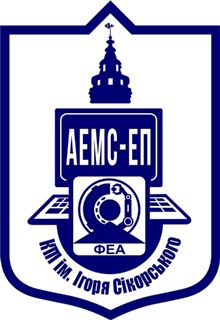TWO STAGE INDIRECT MATRIX CONVERTER TOPOLOGIES AND THEIR APLICATION IN THE DOUBLY-FED INDUCTION GENERATOR
TWO STAGE INDIRECT MATRIX CONVERTER TOPOLOGIES AND THEIR APLICATION IN THE DOUBLY-FED INDUCTION GENERATOR Korol S. V., Ph.D., associate professor, Diravka V. V.
During the last years, the most used configuration in wind power projects has been the doubly-fed induction generator (DFIG). The main advantage of this configuration is that it allows to produce constant-frequency electric power with a variable mechanical speed, reduce copper losses and wide operational range. Therefore, the power extraction from the wind can be optimized. The converter feed the low-frequency rotor circuits from the grid. The converters are partially scaled requiring a rated power of about 30% of the generator rating. Usually, the slip varies between 40% at sub-synchronous speed and 30% at super-synchronous speed.










